Trade is rarely neutral. It is not only a mechanism of exchange but also a geometry of dependence, shaping who bends, who holds, and who extracts concessions in negotiations. Much attention is given to export power, oil producers, rare earth suppliers, and semiconductor foundries. But the soybean standoff between the United States and China shows a subtler truth, imports themselves can be transformed into leverage.
In 2024, China bought $12.6 billion worth of American soybeans, more than its purchases of U.S. aircraft parts or beef combined. Over 60 per cent of U.S. soybean exports and 30 per cent of national production depended on Chinese demand. Yet by autumn 2025, China had placed no new orders since May. Instead, it covered 95 per cent of its October demand from Brazil and Argentina, importing 42.3 million tons from Brazil in the first seven months of 2025 against only 16.6 million tons from the U.S. A 23 per cent tariff on U.S. beans, adding roughly $2 a bushel, instantly nullified the 80-90 cent production advantage American farmers enjoyed. Losses are projected at $100–$150 per acre. The U.S. Department of Agriculture is preparing to cut its export forecast by as much as 16 million tons.
China has done this as part of a larger design. Beijing has stockpiled South American beans, invested in Brazilian logistics, and experimented with lowering soybean-meal content in feed. Imports that once bound China to the U.S. now give China the ability to apply pressure by simply walking away. The instinct is to think of dependence as a weakness. But the China-soybean episode shows how dependence can be inverted into leverage.
By concentrating its buying power, China made itself the indispensable consumer of U.S. soybeans. That concentration created political vulnerability in the U.S. Midwest. China turned that same indispensability into bargaining power by diversifying suppliers. Today, it can deny purchases to punish and resume them to reward. By timing its absences during the peak U.S. harvest, it maximises political and economic pain while keeping its own feedstock needs covered. In effect, China’s imports became a form of “strategic demand.” They could be withheld, redirected, or promised as concessions, a mirror image of how OPEC uses oil exports.
Earlier this year, China used its export dominance in rare earths to extract U.S. concessions on technology controls. That was supply leverage. With soybeans, it is demand leverage: denying purchases to extract relief on tariffs, or even on unrelated issues such as Taiwan policy. The symmetry is profound. Power in trade comes not just from controlling what you sell, but also from controlling what you buy. In both cases, leverage is born of asymmetry. U.S. farmers cannot replace Chinese demand; Chinese crushers can replace U.S. supply.
Impact Shorts
More ShortsYes, both sides pay a price. American farmers face bankruptcy, while Chinese processors face negative crush margins. But the asymmetry lies in alternatives. China can pivot to South America, even at higher cost. U.S. farmers cannot pivot to alternative buyers of comparable scale. In game-theory terms, the payoff matrix is tilted. One side has options, the other does not. This explains why Trump is forced into costly bailouts, while China can sit on stockpiles. Subsidies may keep farmers afloat, but they cannot restore the market share already ceded. In 2019, when China last cut U.S. soybean purchases, America lost nearly 20 per cent of its market permanently to Brazil. History is repeating itself.
The political toll of this soybean standoff is most acute in Trump’s heartland. Midwestern farmers, who form a core part of his electoral base, are staring at steep losses as bins overflow and local economies weaken. These are the very voters who delivered him victory in 2016 and 2024. The symbolism of soybeans is not lost on Trump either.
In a recent post on Truth Social, he accused China of halting purchases “for negotiating reasons only,” promised to divert tariff revenues to “help our farmers,” and cast growers as patriots: “I WILL NEVER LET OUR FARMERS DOWN! … MAKE SOYBEANS, AND OTHER ROW CROPS, GREAT AGAIN!”. Trump is trying to reassure median voters in farm states that the pain of lost exports is temporary and politically worthwhile. Yet as history shows, once markets shift to Brazil and Argentina, they rarely come back, leaving these voters to bear the brunt of strategic manoeuvring far from their fields.
The soybean saga therefore teaches three broader lessons about how imports can be converted into bargaining chips. First, concentration creates power. When one buyer dominates a supplier’s exports, that buyer can weaponise demand. China accounted for more than half of U.S. soybean exports, enough to dictate terms. Second, diversification converts dependence into choice: by cultivating Brazil and Argentina, China ensured that walking away from U.S. farmers imposed costs only on the seller, not the buyer. Third, timing multiplies impact, withholding orders at harvest, when silos are full and futures markets thin, maximises leverage, just as OPEC’s timing of supply cuts magnifies oil price swings.
Soybeans are only one case. The principle applies across domains. Europe’s dependence on Russian gas gave Moscow leverage until diversification into LNG reshaped the balance. U.S. control of semiconductor equipment exports gives it leverage over China’s chip ambitions. China’s dominance as an importer of lithium or cobalt could similarly discipline suppliers, just as much as its export control over rare earths disciplines buyers. For India, the lesson is to never allow a single buyer or supplier to become indispensable. In critical minerals, semiconductors, or crude oil, both market concentration and import dependence can be wielded against us.
The soybean field in Iowa, like the rare earth mine in Inner Mongolia, is a battlefield of leverage. The same flows that create prosperity also create pressure points. Trade wars are not “easy to win” because interdependence is not mutual benefit alone. In some cases, it is also mutual coercion. Imports, no less than exports, can be weaponised. And in an age when commerce and geopolitics are indistinguishable, every cargo, every ton, every bushel must be seen for what it really is, a potential bargaining chip in the negotiations of nations.
The author (X: @adityasinha004) writes on macroeconomic and geopolitical issues. Views expressed in the above piece are personal and solely those of the author. They do not necessarily reflect Firstpost’s views.


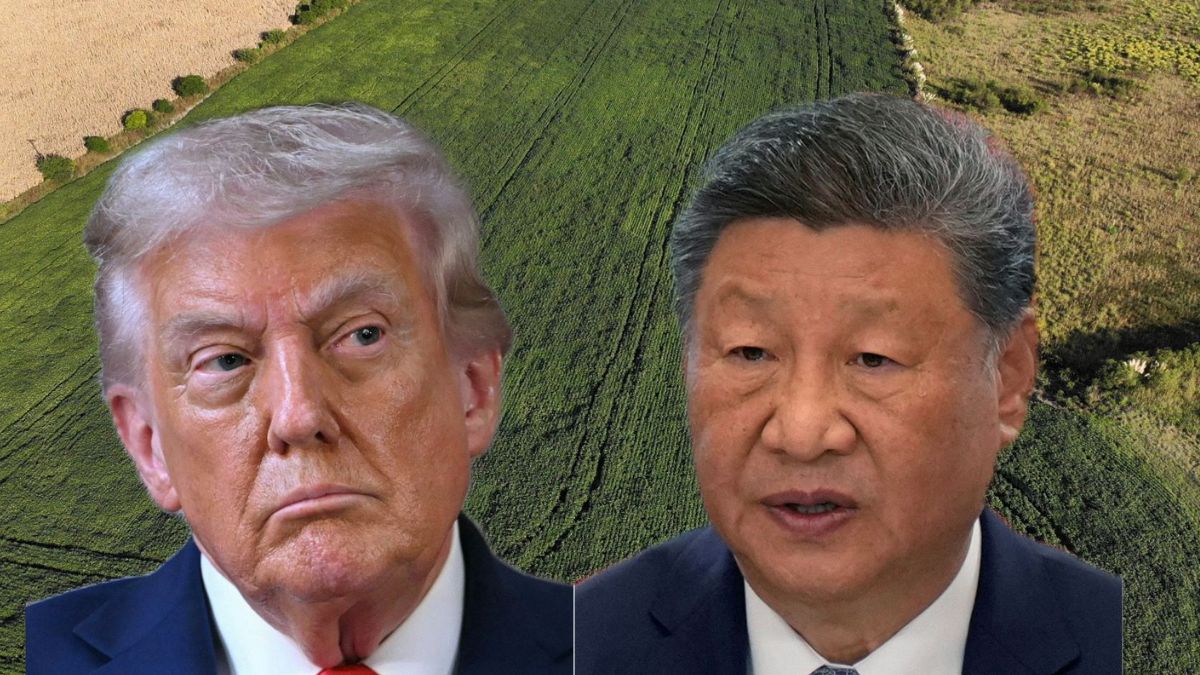)
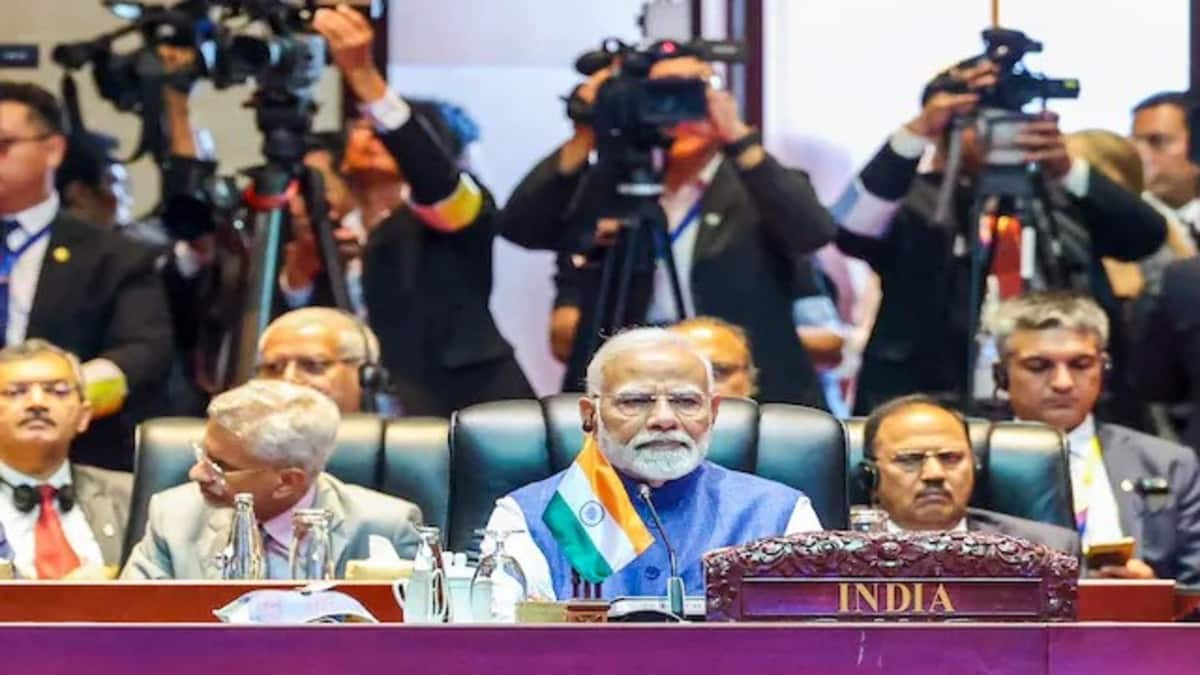
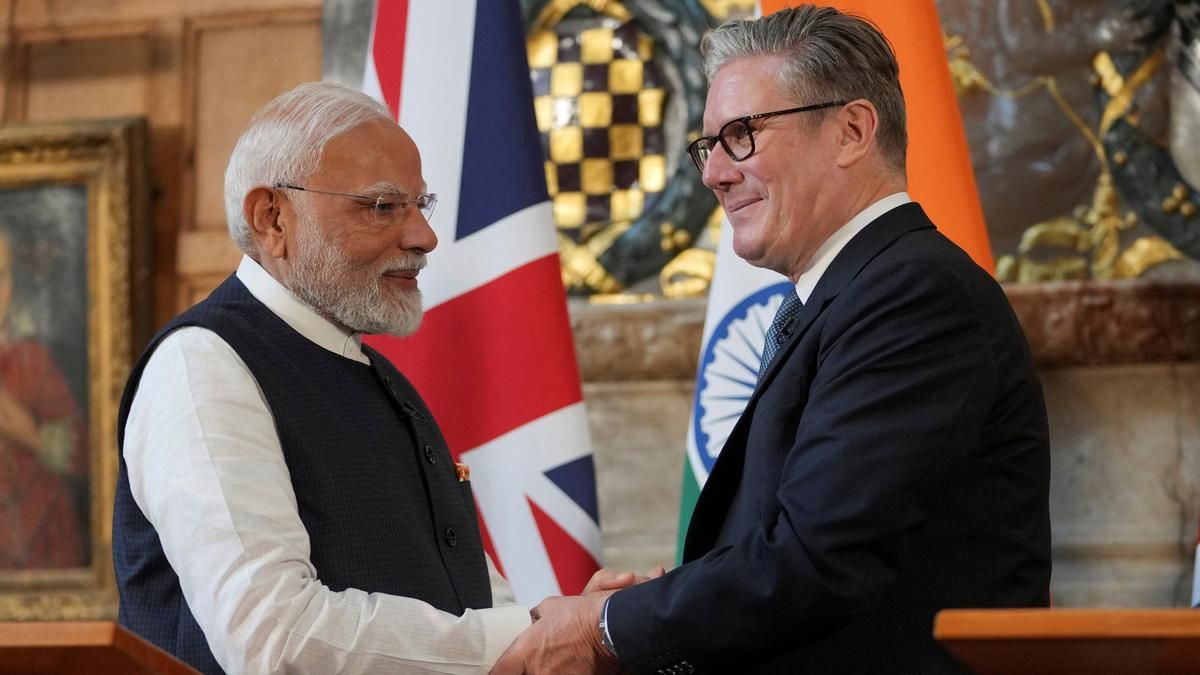)
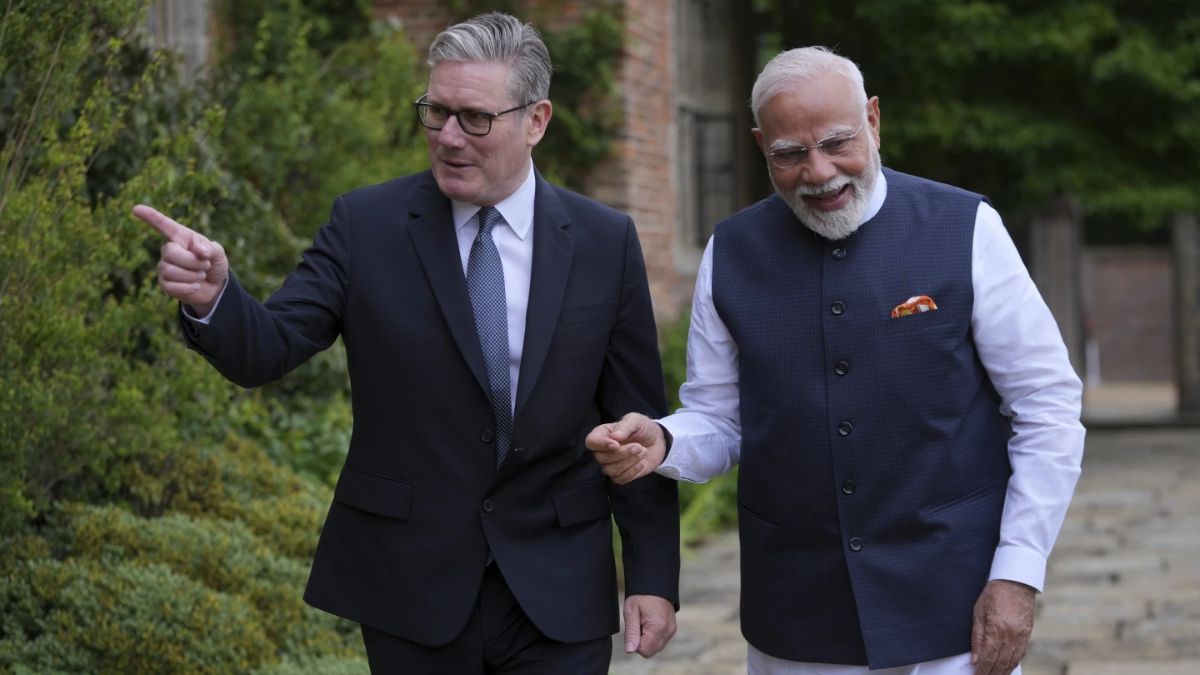)
)
)
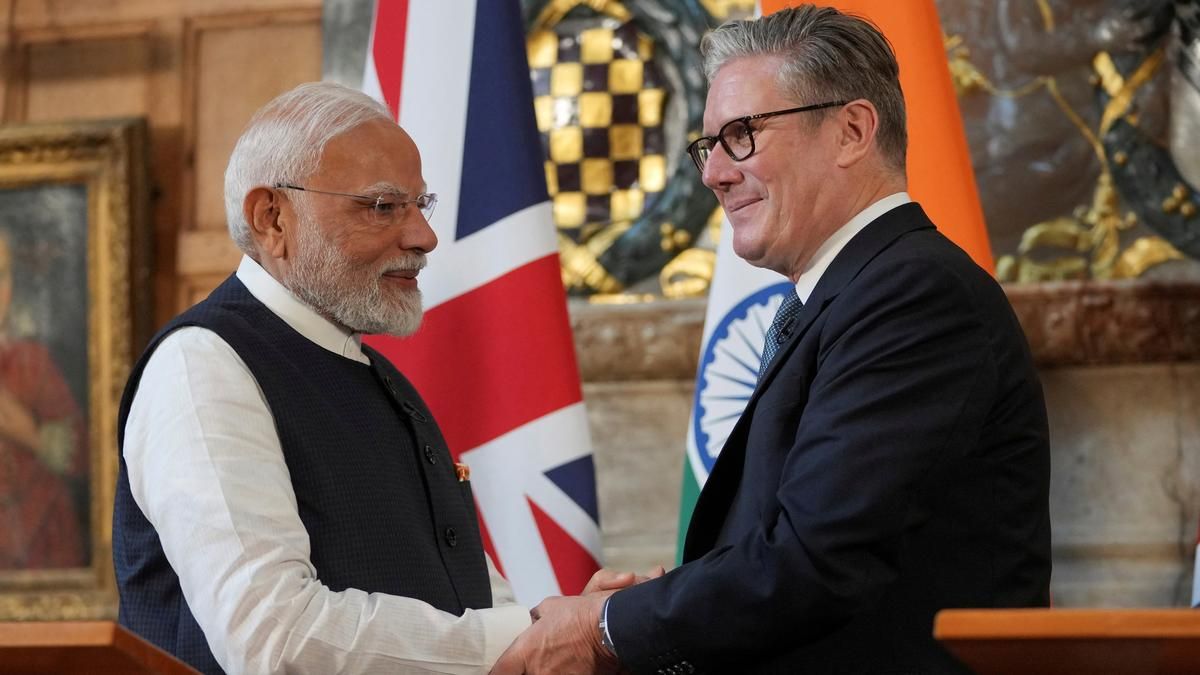)
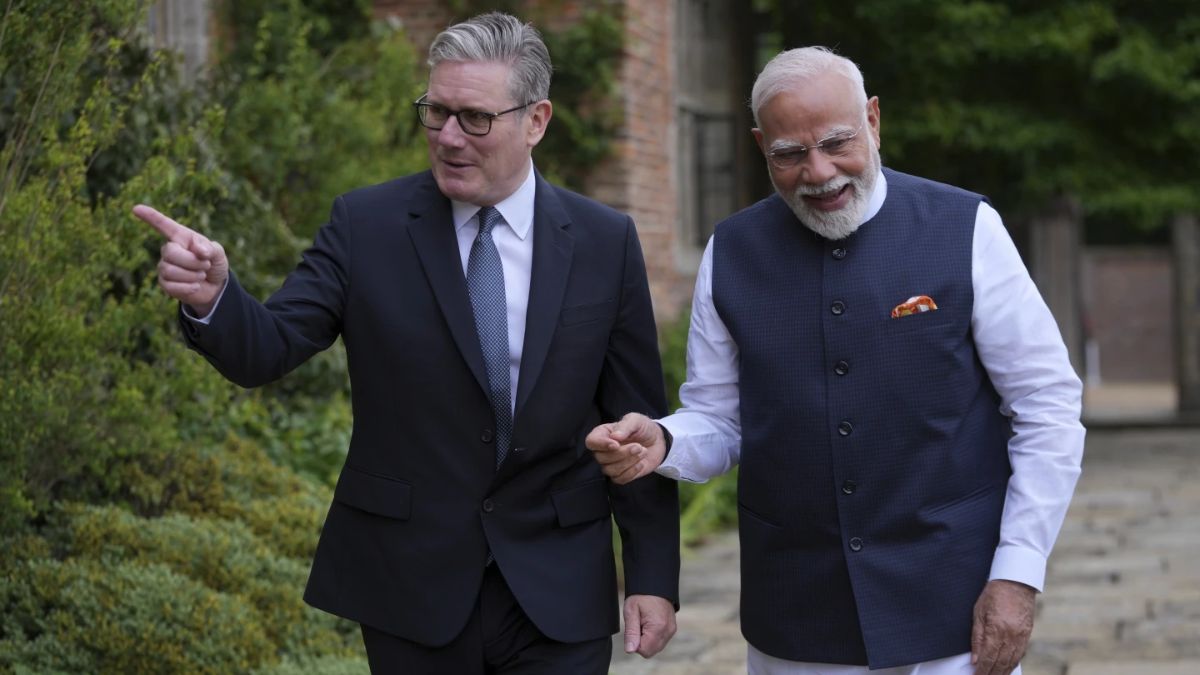)
)
)



